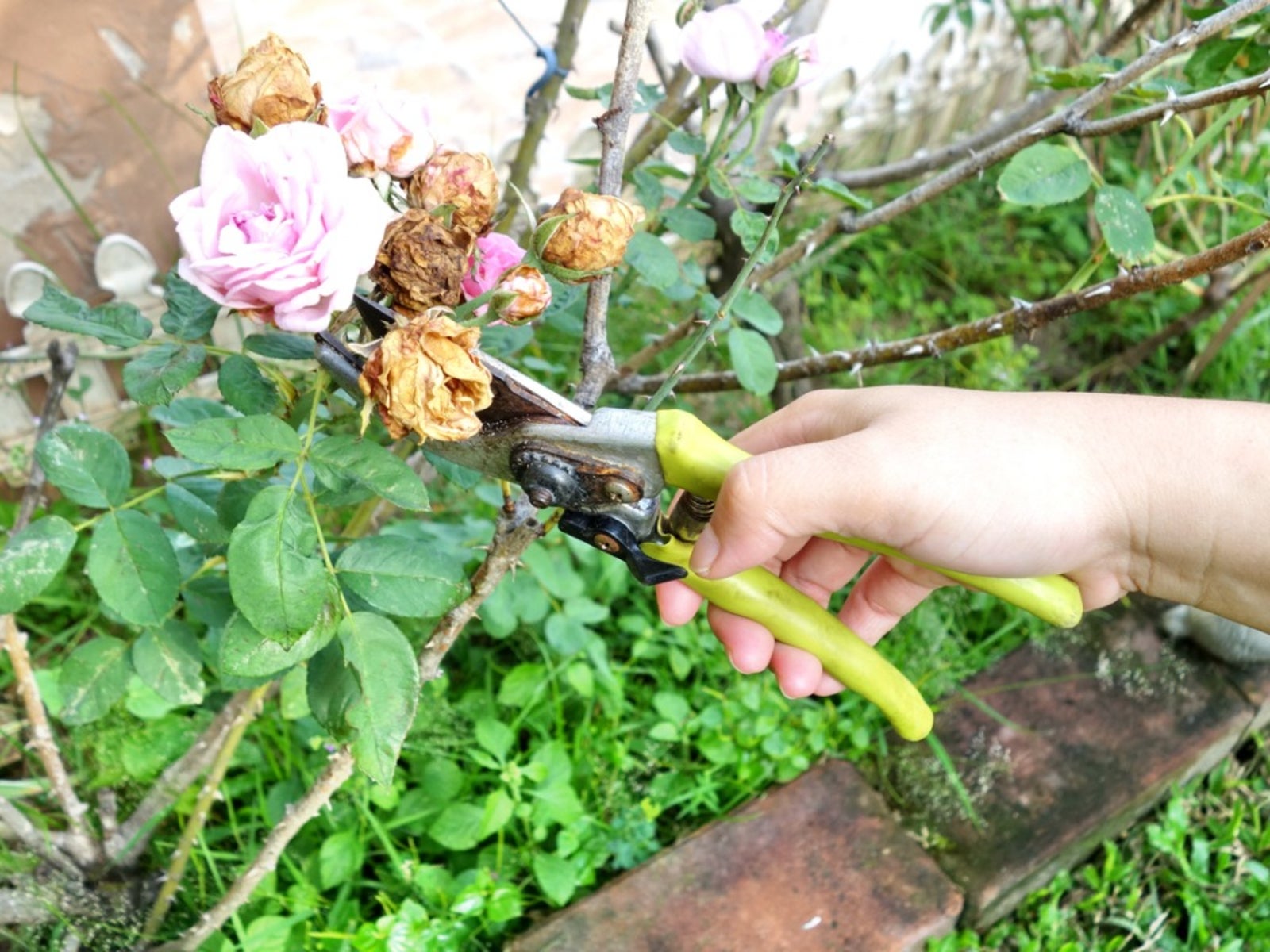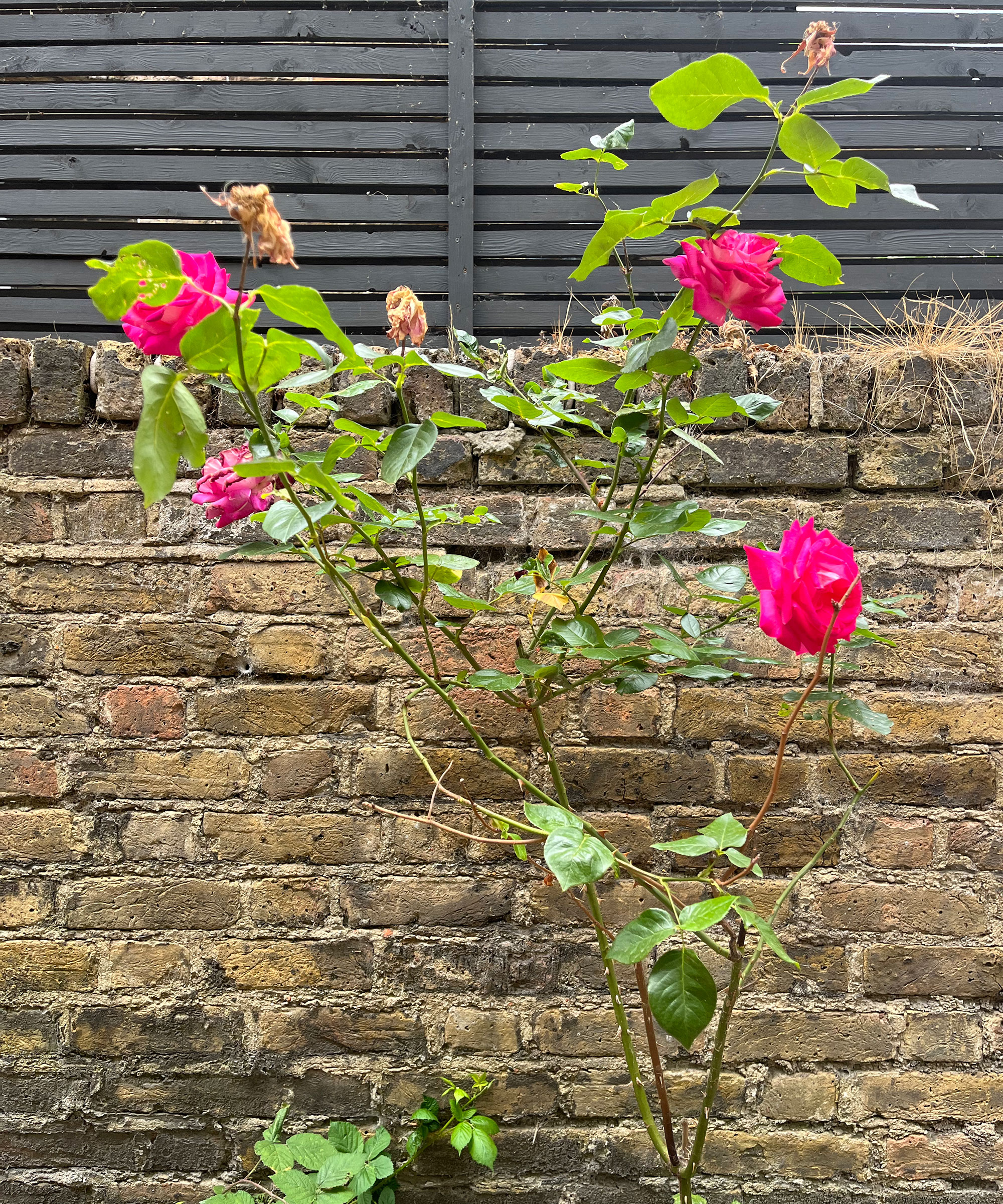The Secret to Encouraging Repeat Blooms
Summer is the prime season for roses to showcase their vibrant colors and delicate petals. However, to keep them blooming throughout the season, it’s essential to understand the importance of deadheading. Deadheading, or the removal of spent blooms, is a simple yet crucial technique that can make a significant difference in the quality and quantity of blooms. By learning how to deadhead roses in summer, gardeners can encourage repeat blooming, maintain the overall health and appearance of the plant, and enjoy a longer blooming season.
What is Deadheading and Why is it Crucial in Summer?
Deadheading is a simple yet effective technique that involves removing spent blooms from rose plants. This process is crucial in summer, as it encourages repeat blooming, promotes healthy growth, and enhances the overall appearance of the plant. By removing spent blooms, gardeners can redirect the plant’s energy from seed production to producing new flowers, resulting in a longer blooming season. Additionally, deadheading helps to maintain the plant’s appearance, as spent blooms can make the plant look wilted and unattractive. To get the most out of deadheading, it’s essential to learn how to deadhead roses in summer, including the proper techniques and best practices for removing spent blooms.
How to Identify and Remove Spent Blooms
To deadhead roses effectively in summer, it’s essential to identify spent blooms correctly. A spent bloom is a flower that has wilted, faded, or dropped its petals. To remove spent blooms, follow these steps: first, inspect the plant for wilted or faded flowers. Gently grasp the stem just below the spent bloom, making sure to hold the stem at a 45-degree angle. Using clean and sharp pruning tools, cut the stem about 1/4 inch above a leaf node or a bud eye. Make a clean cut, as this will help the plant heal quickly and reduce the risk of disease. Remove the spent bloom, and dispose of it to prevent seed production and encourage new growth. By learning how to deadhead roses in summer, gardeners can promote healthy growth, encourage repeat blooming, and maintain the overall appearance of the plant.
Tips for Effective Deadheading in Summer
When it comes to deadheading roses in summer, there are several tips and best practices to keep in mind. First, it’s essential to use clean and sharp pruning tools to prevent the spread of disease and promote healthy growth. Make sure to disinfect your pruning tools between cuts to prevent the transmission of diseases. When making cuts, always cut at a 45-degree angle, and remove the spent bloom about 1/4 inch above a leaf node or a bud eye. This will help the plant heal quickly and encourage new growth. Additionally, dispose of removed blooms to prevent seed production and encourage the plant to focus its energy on producing new flowers. By following these tips and learning how to deadhead roses in summer, gardeners can promote healthy growth, encourage repeat blooming, and maintain the overall appearance of the plant. Regular deadheading can also help to increase blooms, improve plant health, and enhance overall appearance.
The Role of Deadheading in Rose Pest and Disease Management
Deadheading roses in summer not only promotes repeat blooming and maintains the overall health and appearance of the plant, but it also plays a crucial role in preventing the spread of pests and diseases. By removing spent blooms, gardeners can reduce the risk of infestation by pests such as aphids, whiteflies, and spider mites, which are attracted to the sweet, sticky substance produced by roses. Additionally, deadheading helps to prevent the spread of diseases such as black spot, powdery mildew, and rust, which can be spread through contact with infected plant material. When deadheading, it’s essential to inspect plants for signs of infestation or infection, such as unusual growths, discoloration, or holes in leaves. By learning how to deadhead roses in summer and incorporating this practice into a comprehensive rose care routine, gardeners can help to prevent the spread of pests and diseases, promoting healthy growth and reducing the need for pesticides and fungicides.
Common Mistakes to Avoid When Deadheading Roses in Summer
When it comes to deadheading roses in summer, there are several common mistakes to avoid in order to ensure the best results. One of the most critical mistakes is removing too much of the stem, which can damage the plant and reduce its ability to produce new growth. Another mistake is not making clean cuts, which can lead to the spread of disease and pests. Additionally, neglecting to dispose of removed blooms can encourage seed production and reduce the plant’s energy for producing new flowers. It’s also important to avoid deadheading too frequently, as this can stress the plant and reduce its overall health. By learning how to deadhead roses in summer and avoiding these common mistakes, gardeners can promote healthy growth, encourage repeat blooming, and maintain the overall beauty of their roses. Remember, proper deadheading techniques are essential for achieving the best results and enjoying a bountiful summer bloom.
Deadheading as Part of a Comprehensive Summer Rose Care Routine
Deadheading is a crucial component of a comprehensive summer rose care routine, which also includes watering, fertilizing, and pruning. By incorporating deadheading into a regular maintenance schedule, gardeners can promote healthy growth, encourage repeat blooming, and maintain the overall beauty of their roses. Watering roses deeply and regularly helps to support healthy growth and blooming, while fertilizing provides essential nutrients for optimal performance. Pruning, both during the summer and in the dormant season, helps to shape the plant, promote air circulation, and encourage new growth. By combining these practices with regular deadheading, gardeners can create a robust and thriving rose garden that provides beauty and enjoyment throughout the summer months. Remember, learning how to deadhead roses in summer is just one part of a larger strategy for achieving optimal rose health and performance.
Enjoying the Fruits of Your Labor: The Rewards of Deadheading Roses
By incorporating deadheading into a regular summer rose care routine, gardeners can reap a multitude of rewards. One of the most noticeable benefits is an increase in blooms, as deadheading encourages the plant to focus its energy on producing new flowers rather than seed production. Regular deadheading also leads to improved plant health, as it helps to prevent the spread of pests and diseases and promotes healthy growth and development. Additionally, deadheading can enhance the overall appearance of the rose garden, creating a more vibrant and beautiful display of color and texture. By learning how to deadhead roses in summer and making it a regular part of their maintenance routine, gardeners can enjoy a thriving and stunning rose garden all season long. With its many benefits and rewards, deadheading is a simple yet effective technique that is essential for any rose enthusiast.



:max_bytes(150000):strip_icc()/how-to-deadhead-roses-5649220-01-d36f1b72e9844ebba695cfd4adff51ca.jpg)



